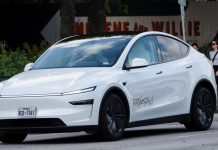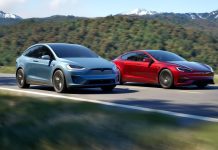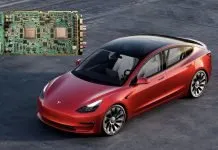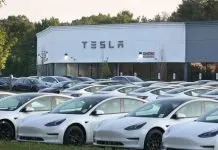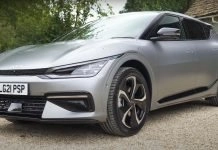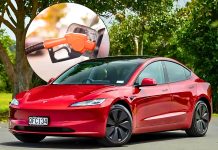BMW has surprised everyone with the next 2026 iX3, the first model to be based on its long-awaited Neue Klasse (or New Class) foundations. The company recently demonstrated just how far its next-generation electric technology has advanced by pushing a pre-production iX3 to complete an astonishing 1,007.7 km (626 miles) on a single charge, far exceeding its official WLTP estimate.
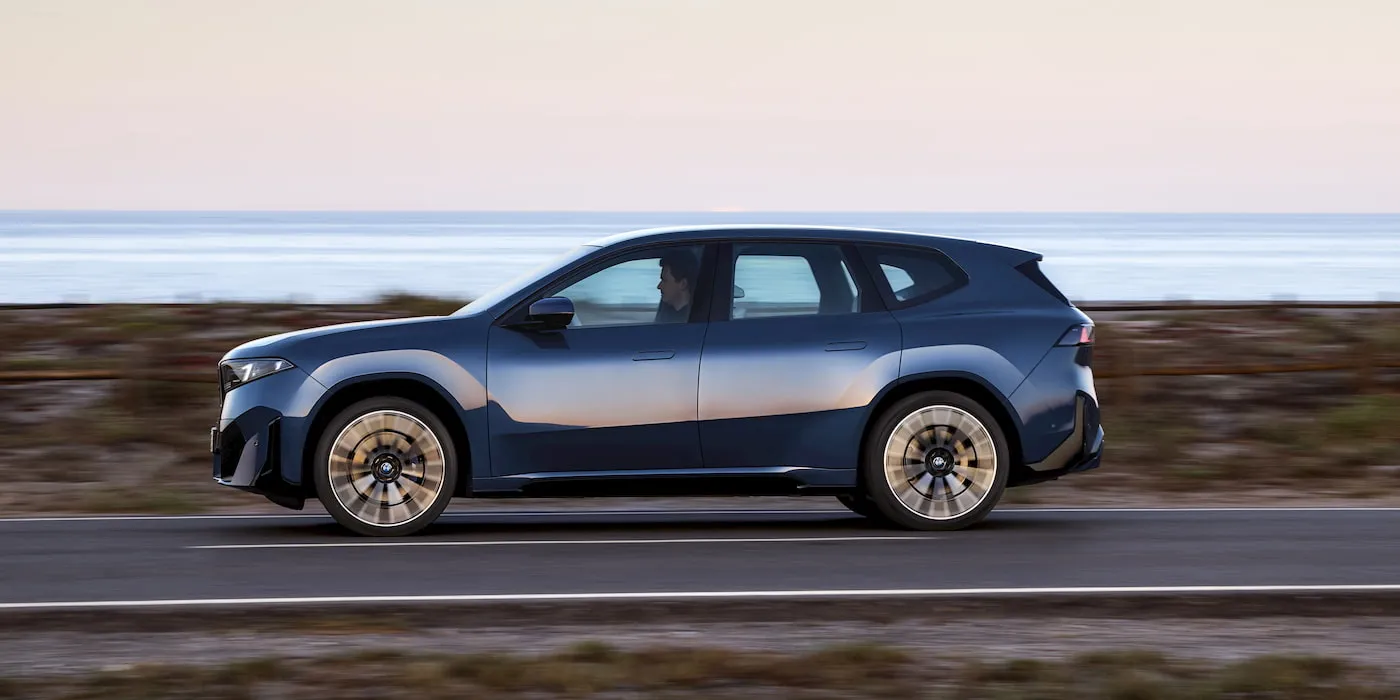
The Record-Setting Journey
The journey started at a new facility that BMW has built in Debrecen, Hungary, where the iX3 will be put into mass production. A test team from BMW undertook a rigorous, organized drive spanning 5,200 km (3,200 miles) between Debrecen and BMW Welt in Germany. The most evident accomplishment was that the team completed the entire 1,007.7 km journey without stopping at any charging stations and even had over 20 km (12 miles) of charge remaining.
To optimize performance during the challenge, the team avoided using highways and instead chose paths that would be the most energy-efficient. The run, even though not a typical representation of high-speed daily driving, showed what the vehicle can do under real-world conditions, controlled and not under artificial testing conditions.
In the middle of the drive, the team had arrived in Vienna with almost half of the battery remaining. Since then, they cut down on the amount of energy they used even more by switching off climate control, such as air conditioning, heating, and even the radio. The idea was also obvious: demonstrate the capability of the Gen6 platform to the maximum, that is, stretch the battery as much as possible.
Gen6 Platform: BMW’s Leap Forward
The Neue Klasse platform has been characterized as a massive leap by BMW when compared to its existing electric vehicles, and the results speak for themselves. The company states that the eDrive technology of the sixth generation offers:
- A range of up to 30% larger than the existing BMW EVs.
- Much higher charging rates.
- Increased performance due to the lightweight design and new battery architecture.
The performance of the iX3 confirms such allegations. Though its official rating is 800 km (497 miles) by the WLTP cycle, the SUV obviously has an untapped potential in optimistic driving behaviour.
The iX3 has a battery pack that belongs to BMW’s next-generation cylindrical cell technology. These cells provide increased energy density, better thermal characteristics, and more effective charging operations, all of which help in increasing range as well as decreasing the charging times.
What to Expect on the EPA Scale
Although the WLTP results are usually more optimistic than the U.S. EPA ones, even the 2026 BMW iX3 will achieve a remarkable 400 miles (c. 644 km) of real-world range during the EPA test. It would make it one of the longest electric SUVs in North America.
The fact that BMW has shown a range much higher than the official numbers does not imply that ordinary drivers will be able to drive 1,000 km on a single charge. Practical distance will still be reliant on velocity, landscape, weather, and driving style. However, the win is an overwhelming reminder of the success of EV technology and the potential of the new electric models that are going to be developed.




